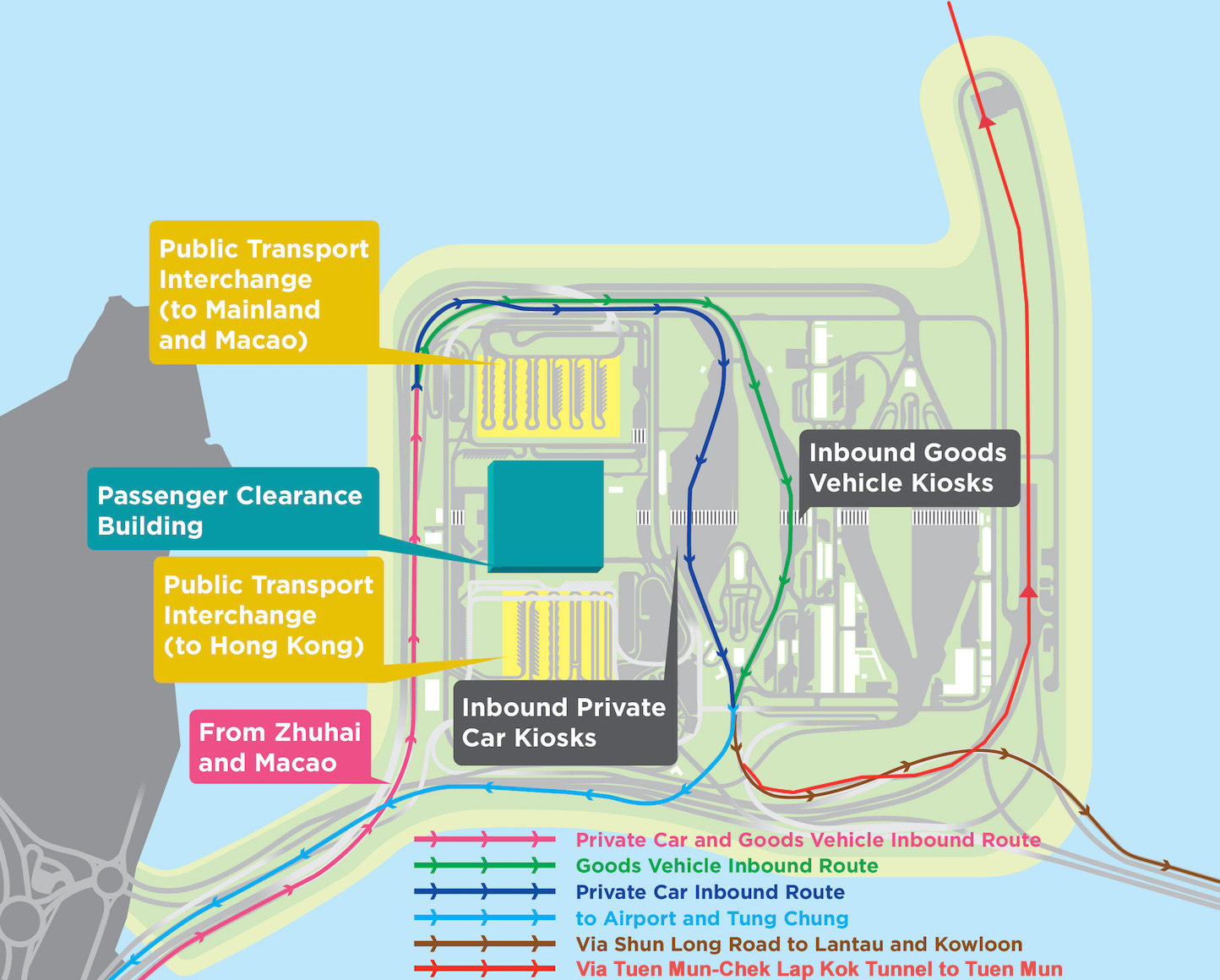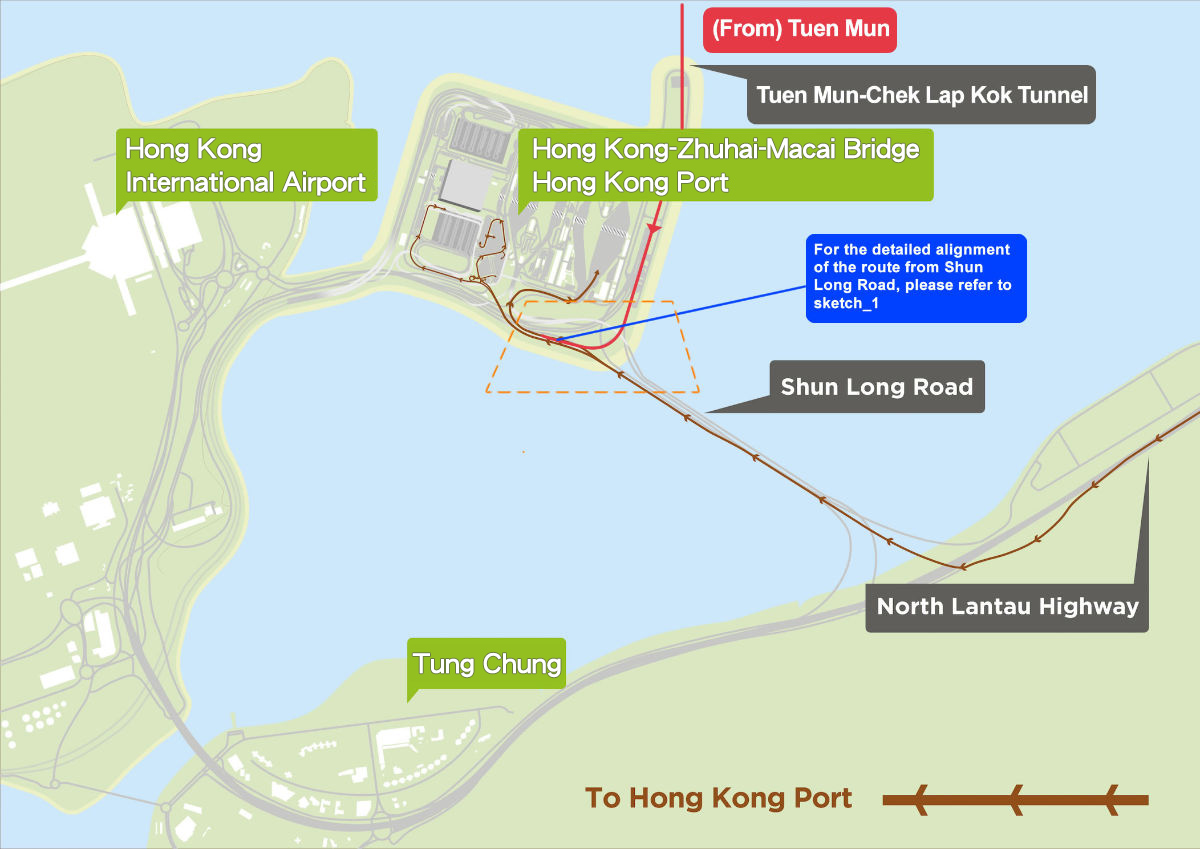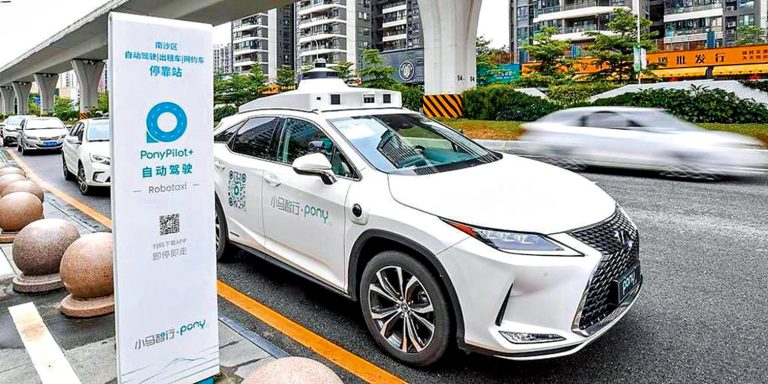The proposed “Southbound Travel for Guangdong Vehicles” scheme is set to make waves in Hong Kong’s travel landscape, allowing vehicles from Guangdong Province to enter the city. This initiative aims to stimulate the local economy by attracting mainland tourists, a move that has been in discussion for over a decade. As the scheme rolls out, it promises to reshape how visitors from Guangdong experience Hong Kong.
Initially, the scheme will be implemented in phases, with the first phase allowing vehicles to park at the Hong Kong Port Island of the Hong Kong-Zhuhai-Macao Bridge (HZMB) automatic parking facilities. This controlled entry is designed to manage the influx of vehicles while ensuring a smooth transition for travelers. In subsequent phases, the plan is to permit self-driving tours within the city, albeit with a daily driving limit into Hong Kong. This gradual approach aims to balance the needs of tourists with the logistical challenges posed by Hong Kong’s urban environment.

The ultimate goal of the scheme is to enable mainlanders to enjoy self-driving trips in Hong Kong, a concept that has garnered significant interest. To manage the expected volume of vehicles, an online reservation system is being considered. This system would function similarly to the existing arrangement for “Northbound Travel for Hong Kong vehicles,” ensuring that the flow of cars is regulated and organized.

Experts and lawmakers have highlighted the importance of self-driving as a key attraction for mainland tourists. However, there are valid concerns regarding Hong Kong’s limited road space and parking availability. To address these issues, it is crucial to tailor quotas and driving limitations to fit the city’s infrastructure. Suggestions have been made for designated parking lots in urban areas, particularly near popular tourist spots, to facilitate easier access for visitors.

The management of the scheme has sparked differing opinions among lawmakers. Some propose implementing a rewards system linked to consumption levels, aiming to attract applicants with higher spending power, particularly targeting middle and high-income travelers. This approach could enhance the economic benefits of the scheme by encouraging visitors to spend more during their stay. Others advocate for a trial run with a limited number of vehicles to mitigate potential conflicts over parking spaces, ensuring that the initial rollout does not overwhelm the city’s infrastructure.

Another practical suggestion is to allow parking at Sunny Bay during the initial phase, catering specifically to those visiting Disneyland or transferring to the MTR. This would provide a convenient option for families and tourists, enhancing their overall experience in Hong Kong.
A former chief executive has voiced concerns regarding proposals for an asset spending threshold, arguing that such measures could further delay the implementation of a scheme that has already faced significant postponements. The Transport and Logistics Bureau has confirmed that automated car parks will be part of the scheme, aiming to provide a convenient experience for travelers. As the implementation progresses, private vehicles from Guangdong and Macau will be able to enter via the HZMB with simplified immigration procedures or the option to transfer flights at Hong Kong International Airport.
Discussions are ongoing about allowing southbound vehicles to drive into urban areas, with more details expected to be announced within the year. This aspect of the scheme is particularly crucial, as it will determine how seamlessly visitors can navigate the city and access its attractions.
In summary, the “Southbound Travel for Guangdong Vehicles” scheme represents a significant step towards enhancing cross-border travel between Guangdong and Hong Kong. With its phased rollout, focus on self-driving tourism, and careful management of vehicle quotas, the initiative aims to create a mutually beneficial experience for both tourists and the local economy. As the details continue to unfold, stakeholders remain optimistic about the potential impact of this scheme on Hong Kong’s tourism landscape.












